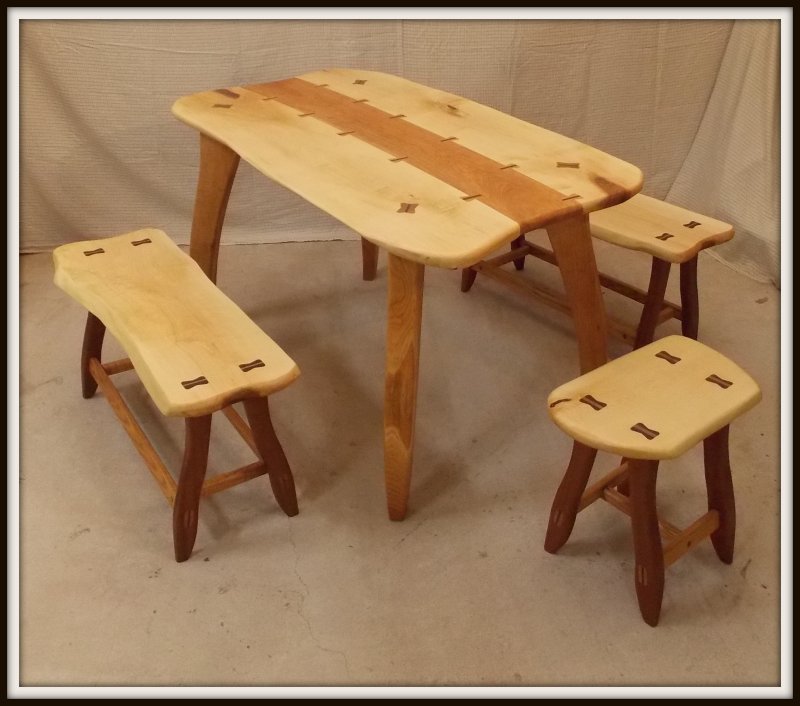summit583guy
ArboristSite Member
Ive got some 3'' maple planks that will be 18'' wide (each) that I want to join togethor with a live edge on the outside. What would be the best route to take to laminate these two heavy planks?
A) has to be solid and safe
b) I dont have all the woodworking tools a modern shop would have
c) I have access to a planer and table saw.
My original plan was to turn the planks sideways, tack a long vertical piece of hardwood along the edge and run a router down it to make a spline inlay and then glue in a long vertical piece of wood approx 1.5 wide and then 3 or 4 butterflys ontop.
A) has to be solid and safe
b) I dont have all the woodworking tools a modern shop would have
c) I have access to a planer and table saw.
My original plan was to turn the planks sideways, tack a long vertical piece of hardwood along the edge and run a router down it to make a spline inlay and then glue in a long vertical piece of wood approx 1.5 wide and then 3 or 4 butterflys ontop.






